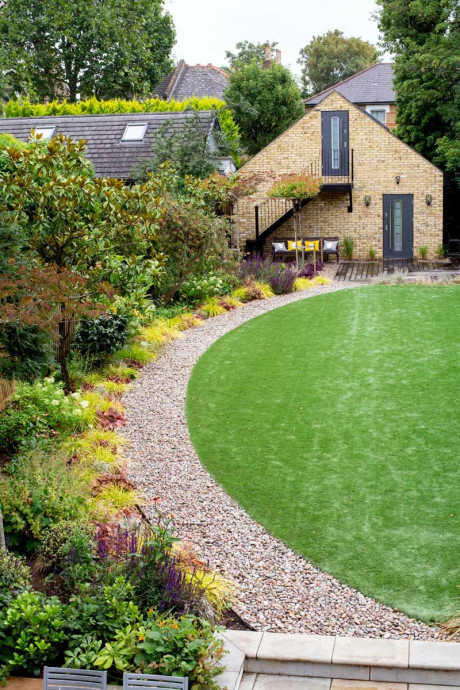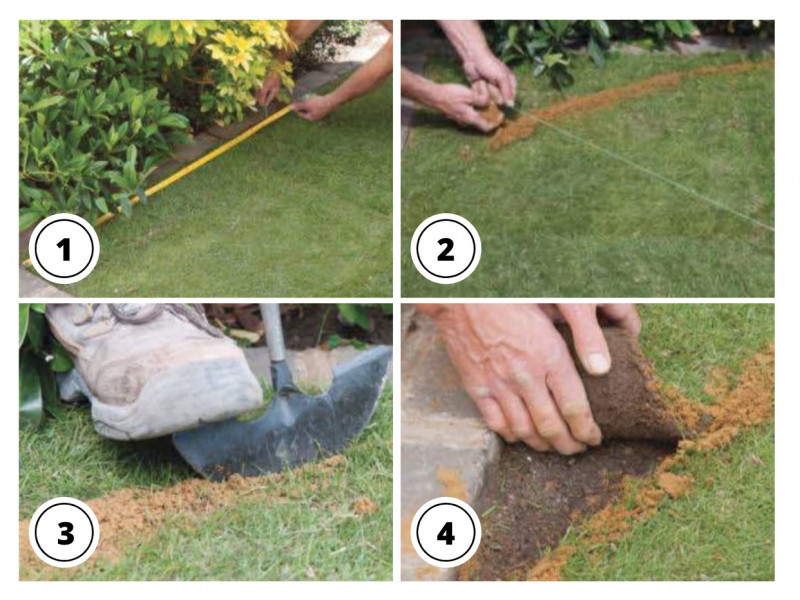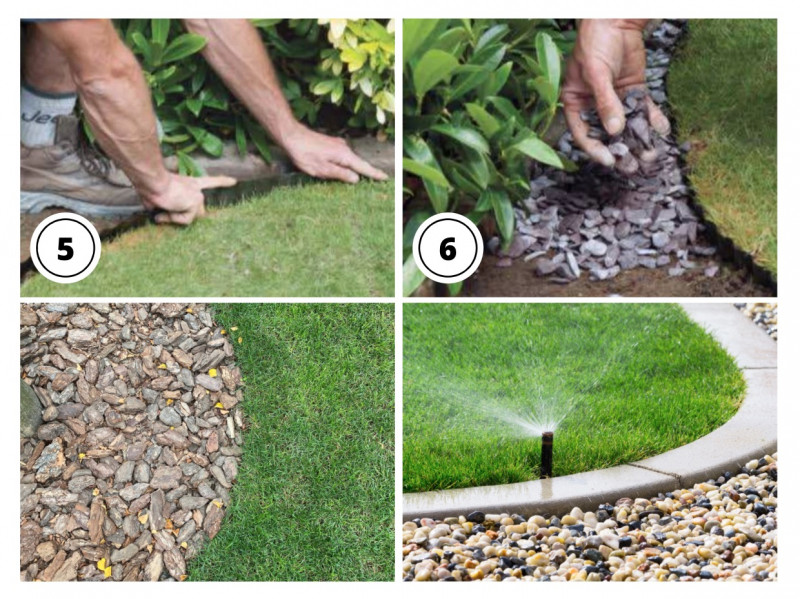Shaping a Lawn

The shape of the lawn is obvious at all times of the year, especially in winter when it becomes the dominant patch of green in the garden. Often the shape of the lawn is determined by the shape of the plot: rectangular garden, rectangular lawn. This results in borders of even width and long straight lines that do nothing for the interest and perspective of the garden.Just by taking out the corners of a rectangular lawn, and making the lawn more elliptical, the beds become deeper in the corners of the garden allowing more substantial planting, creating a more interesting picture. A similar effect can be created by using a round lawn in a square garden. This is a simple formula that works and is pleasing to the eye. Discover how to shape a lawn easily in 6 simple steps.


